The photograph above shows volunteers excavating on the Greenwich foreshore. They are allowed to do some digging as they are being overseen by professionals and have permission from the Port of London Authority.
However, as a visitor to the foreshore, either with a group or solo, you won't be able to do any digging. You can scan the shore and pick up objects from the surface though, which is very absorbing!
If you want to volunteer and get down and dirty, then you can find further information about that later on in this article.
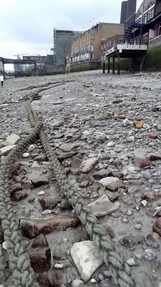 Naturally, when searching for objects on the foreshore the habits of the tide and the social history of that particular area play their part in what will be washed up.
Naturally, when searching for objects on the foreshore the habits of the tide and the social history of that particular area play their part in what will be washed up.
Sometimes you will find lots of items, but today the pickings for me weren’t so lucrative - although I did find lots of pipe stems and some pottery pieces.
Other members of our party were more fortunate. Someone found a number of pieces of Tudor pottery and one lady made an interesting discovery - part of a Victorian spoon with precious stone (an 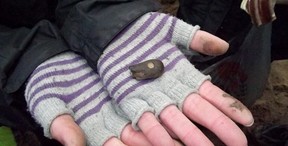 opal?) decorating the handle!
opal?) decorating the handle!
When it was discovered, it was covered in mud and didn’t look particularly promising. But that’s what’s so handy about having a professional archaeologist on hand - he or she can immediately have a go at identifying your ‘treasures’. Our archaeologist seemed thrilled with this find!


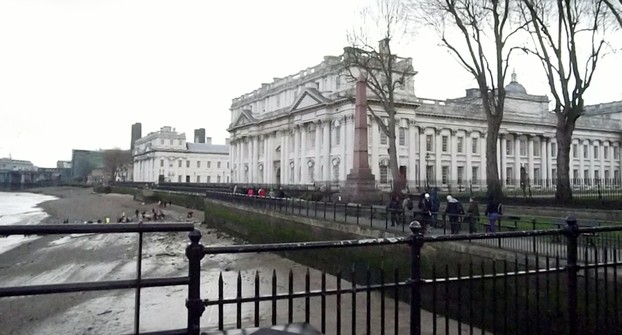
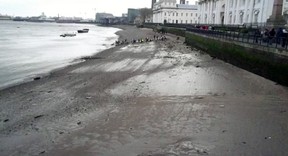
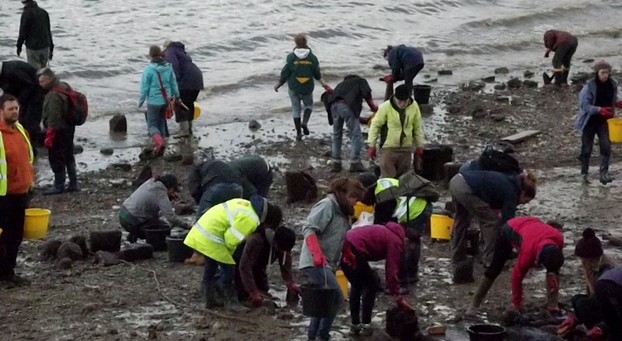

 opal?) decorating the handle!
opal?) decorating the handle! 


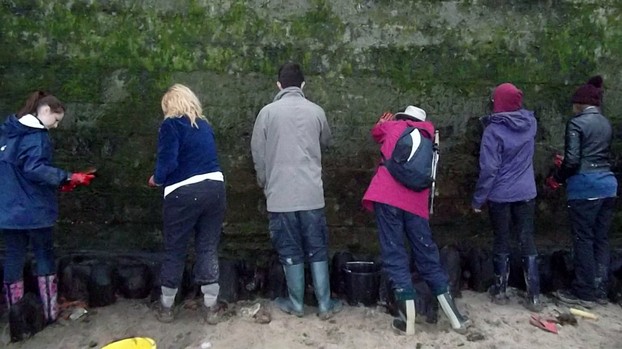
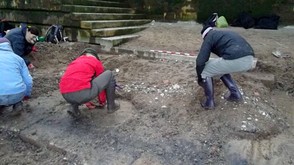
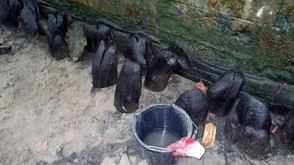



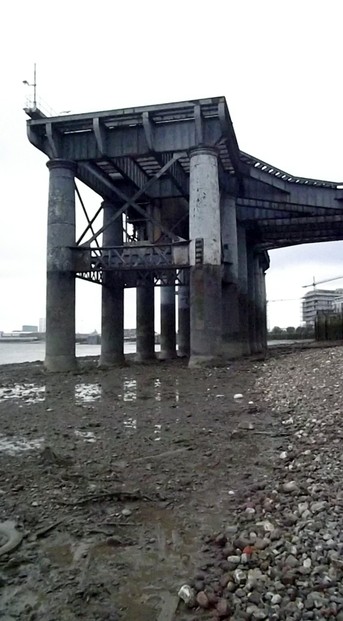
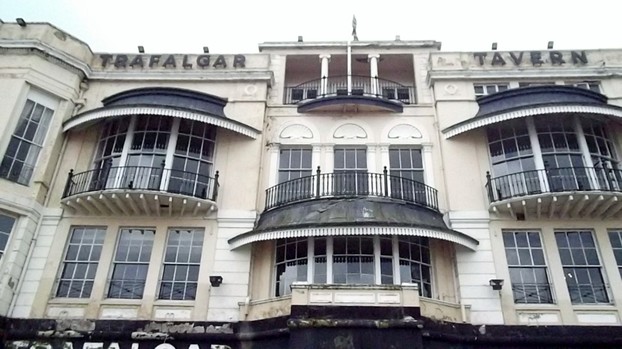
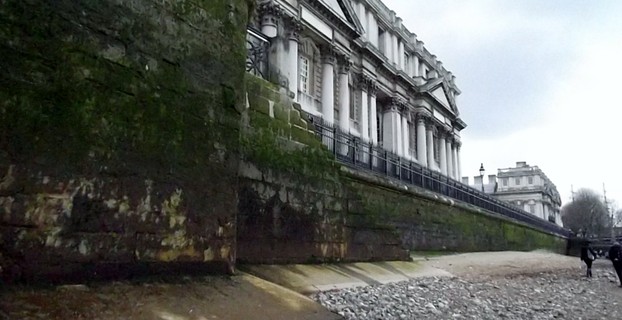
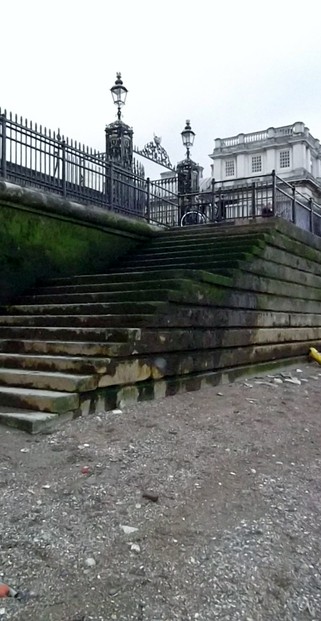
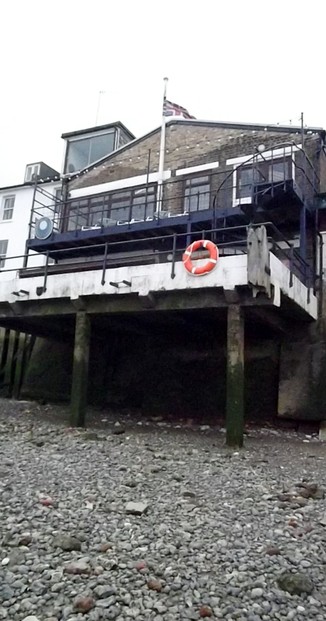
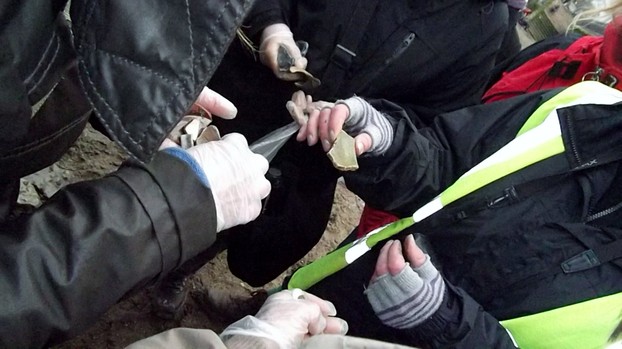
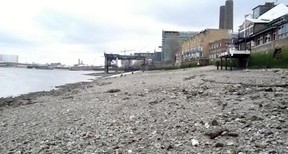 Of course, if you’ve checked on the tidal times it is perfectly ok to go on to the foreshore to explore alone - just keep an eye on the time because it is easy to get absorbed in treasure hunting!
Of course, if you’ve checked on the tidal times it is perfectly ok to go on to the foreshore to explore alone - just keep an eye on the time because it is easy to get absorbed in treasure hunting!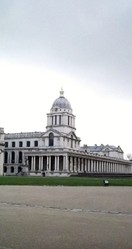

 How to Choose a Walking Cane or Stickon 08/01/2014
How to Choose a Walking Cane or Stickon 08/01/2014
 Michael Miller Fabulous Fabric Swatches for Quilting, Crafts etcon 07/02/2014
Michael Miller Fabulous Fabric Swatches for Quilting, Crafts etcon 07/02/2014
 The Drama of Life in the Rock Poolon 06/08/2014
The Drama of Life in the Rock Poolon 06/08/2014
 The Flâneur - Symbol of Modernity in 19th Century Parison 05/09/2014
The Flâneur - Symbol of Modernity in 19th Century Parison 05/09/2014

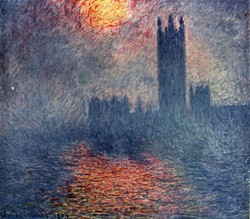
Comments